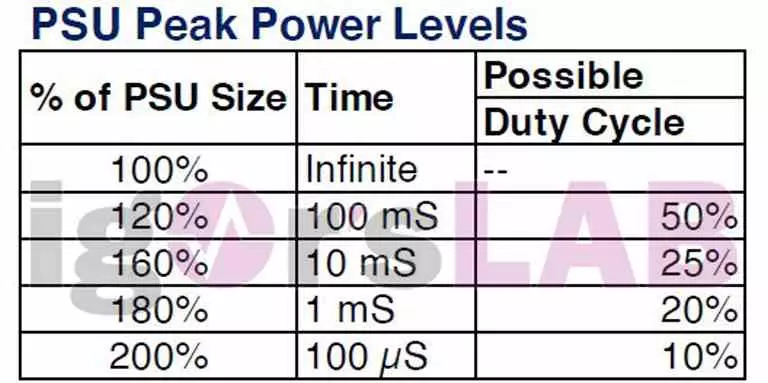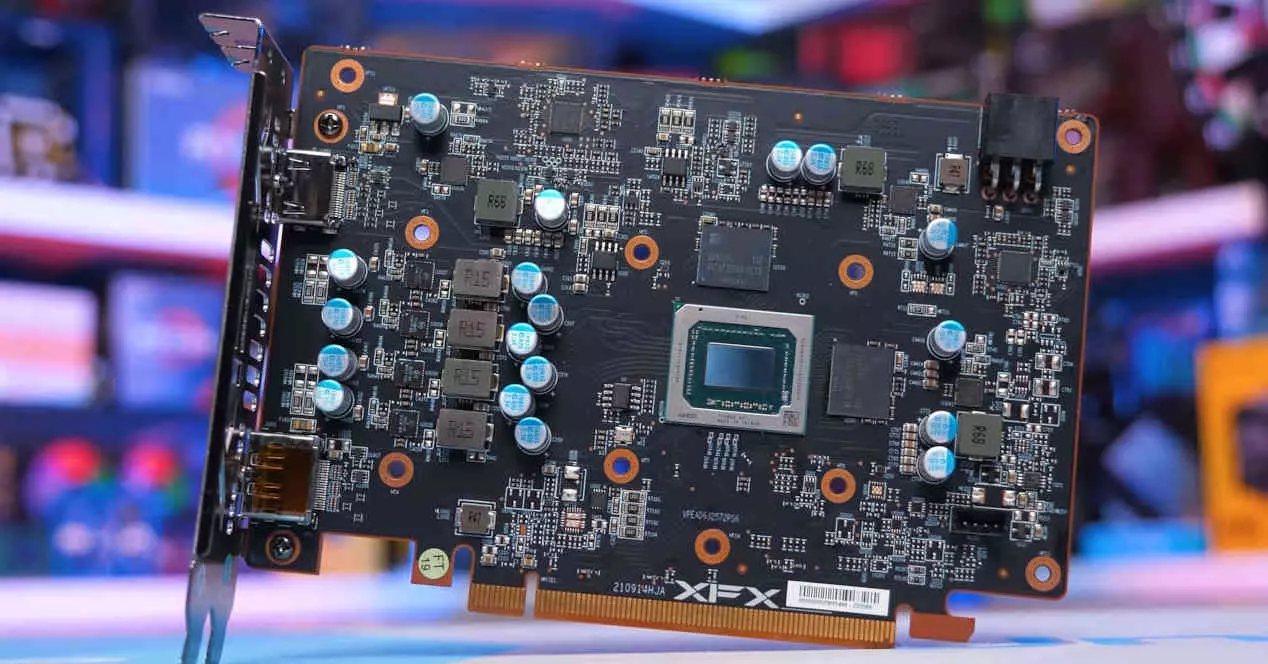
When the acronym ATX goes through our minds we are referring to two things, on the one hand, to a type of motherboard, and on the other to the power supplies of our PCs. Well, the new ATX 3.0 standard is designed for PSUs that are mounted on PCs where we are going to see the next generation of graphics cards for gaming, which will have a considerable increase in consumption. What has caught our attention?
Up to 2400W with ATX 3.0!
Let’s go now to what interests us, Intel has released the specifications for ATX 3.0 power supplies, specifically how the power transmitted by the power supply will be distributed among the different components of the system. Well, starting with the CPU, it is expected that among the 275 and the 300 W of consumption go to the processor, For the moment and officially the Intel Core 12 have a PL2 of 241 W, although it seems that it is possible to place them in the 300 W in PL4. In any case, we expect Sapphire Rapids-X to reach this consumption.
If we go to the graphics cards we may have different consumptions, we are not going to look at the consumptions of 75 to 300 W, which are those that are possible with the current PCIe power connector, but rather in the consumption of 450 W and 600 W which will only be possible with the new 12-pin connector. If we look at the table that accompanies this section we will see a last table where it says Total Power we will see figures that reach up to 2400 W of consumption, a ridiculously high figure for what is a power supply for a home computer. Let’s not forget that until a few days ago the new 1600W PSUs seemed like an exaggeration to us.
The logic behind the next generation of PSUs
What is Intel’s approach to PSUs under the ATX 3.0 standard? Simple, that the power provided by the power supply has to be higher than specified and can be increased in consumption to double. So a source of for example 1200 W must be able to give this power for 100% of the time, but if it delivers 1440 W then it will do it for 100 ms of time, if it goes up to 1920 W it will have to maintain it for 10 ms, at 2160 W 1 ms, and already at 2400 W for 100 microseconds.
This means that the 1200 W power supply must actually be a 2400 W one, since it must have the ability to transmit manifested power level. Which is surprising in an era where everyone seems obsessed with climate change and the energy consumption of different devices.
Motherboards will be much more expensive
The ATX12VO is a standard that is based on eliminating the rest of the voltage rails that exist in power supplies under the ATX standard. So the idea is to provide a single base voltage and have the rest of the voltages be delivered through different converters located around the motherboard.
Thus, under the ATX12VO standard the 3.3 V, 5 V, 5 VSB rails for the Stand-By and the -12 V rails were eliminated and a 24-pin connector was switched to a 10-pin one that provides three lines with a voltage of 12 V and another of 12 VSB. Explained in another way, with the ATX120VO standard, part of the functionality that the power supply itself previously had in terms of power distribution passed to the PC motherboard.
The ATX 3.0 standard brings with it the 2.0 version of the ATX12VO and brings with it certain new features, among them the fact that the nominal voltage is now 12.2 V, which can cause problems in hardware that is sensitive to overvoltage. Especially those parts that work with extremely low voltages and that will need a greater number of voltage converters on the plates, making the analog circuitry of these more complex, as well as its final cost for the user.






